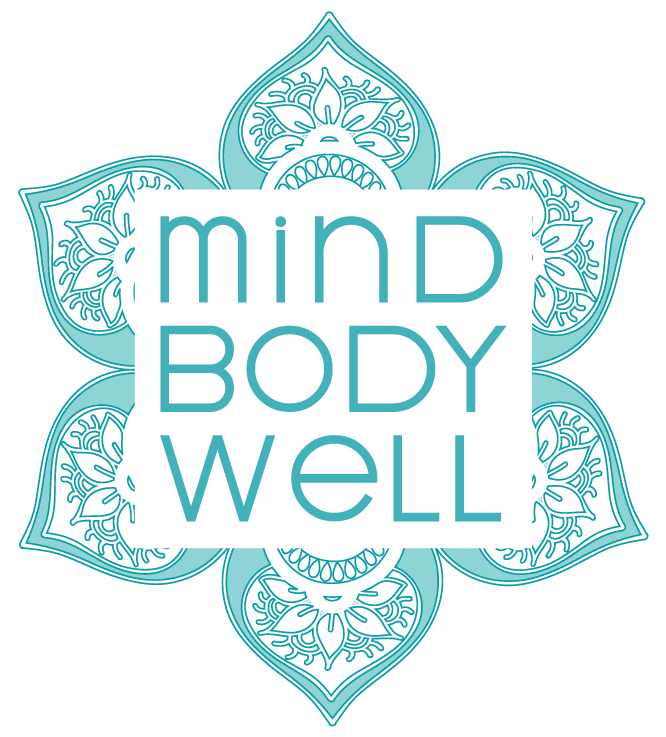Body Image and Body Dysmorphic Disorder
Feeling dissatisfied with our bodies is unfortunately, an all too common occurrence. The way we perceive and relate to our bodies is influenced by a multitude of factors, including cultural influences, our relationships, the communities we’re part of, the messages we receive, and our own physical and mental health concerns.
Body Image and Body Dysmorphic Disorder
The term ‘body image’ was first introduced by psychoanalyst Paul Schilder in his 1935 book The Image and Appearance of the Human Body. Schilder described body image as “the picture of our body which we form in our mind.” Today, we use the term in a similar way – to describe how a person perceives their own body.
But what happens when someone’s perception of their body doesn’t match how others see them? This may be an indication of body dysmorphia, a misperception of body image that is a symptom of eating disorders. It may also be reflective of a condition called Body Dysmorphic Disorder (BDD), which is a distinct mental health condition and may or may not be related to an eating disorder.
What is Body Dysmorphic Disorder (BDD)?
BDD is a mental health condition which involves a persons excessive preoccupation with perceived flaws in their appearance. The flaw/s could be minor or imagined, but the person may spend hours a day focusing on or trying to fix the perceived imperfections. These flaws may be minor or even unnoticeable to others, but to the person experiencing BDD, they feel overwhelming and distressing.
Common symptoms of BDD include:
Obsessive thoughts
Obsessive thoughts about a specific body part or feature, such as the stomach, nose, skin, or body build
Repetitive behaviours
Repetitive behaviours to try to fix, change, or hide the body part, including mirror checking, excessive use of makeup or clothing to conceal perceived flaws, seeking reassurance, or constant comparison to others
Shame, Embarrassment, and Anxiety
Persistent feelings of shame, embarrassment, and anxiety about appearance, even when others provide reassurance or do not see the perceived flaw
Avoidance
Avoiding social situations or other important aspects of life due to distress about appearance
Self-Perception
A distorted self-perception, with appearance playing a major role in self-worth
Is BDD an Eating Disorder?
What About Muscle Dysmorphia?
A specific subtype of BDD is muscle dysmorphia, which involves a specific preoccupation with muscularity or body build. This can involve obsessive exercise routines, extreme dieting with a focus on protein intake, and even substance or steroid use in an effort to increase muscle mass.
Muscle dysmorphia is particularly common among people who feel pressure to attain a certain physique, whether due to societal standards, athletic performance, or personal insecurities. Like other forms of BDD, muscle dysmorphia can lead to significant distress and impairment in daily life.
Psychological Therapy for BDD
Like eating disorders, BDD is a serious psychological condition. Psychological therapy, particularly Cognitive Behavioural Therapy (CBT), is one of the most effective treatments for BDD. CBT helps individuals:
- Identify and challenge unhelpful thoughts about their appearance
- Reduce compulsive behaviours such as mirror-checking or reassurance-seeking
- Develop healthier coping strategies and build self-esteem.
Many of the Psychologists at Mind Body Well have specific training in providing therapy for people experiencing BDD or Muscle Dysmorphia. If you’d like support, please complete the New Client Request form at the link below, and we’ll be in touch to connect you with one of our Psychologists.
